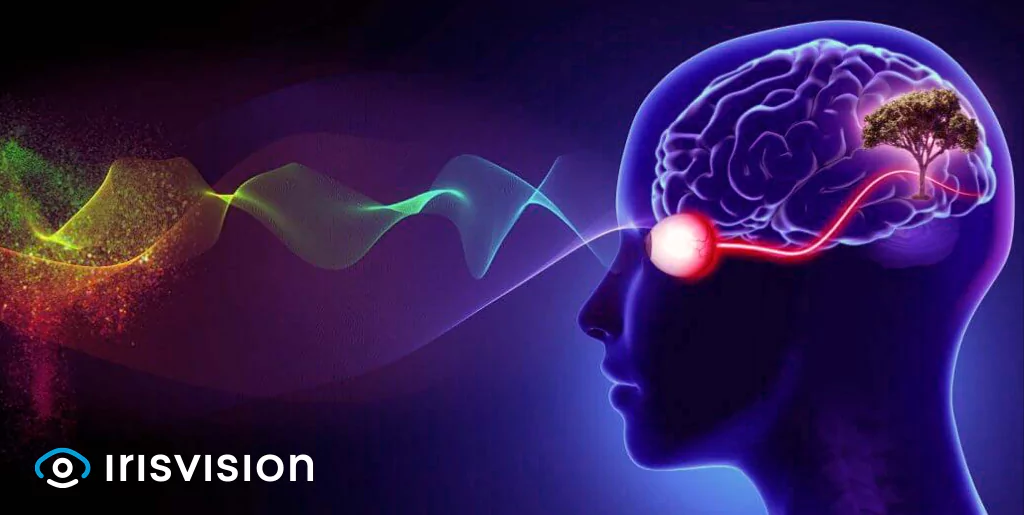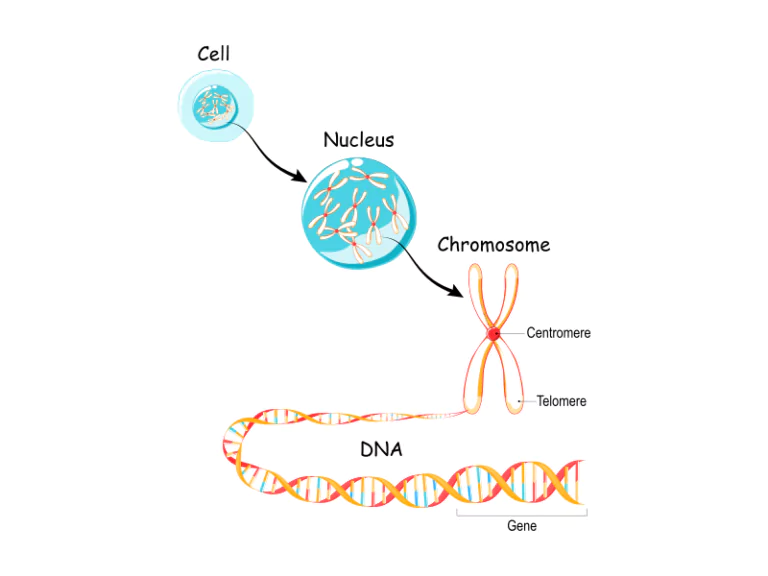
#LIVE2.0 #Review
Before we begin to understand what optic nerve atrophy is, let’s start with an introspective question: have you ever wondered how or what makes sense of what we’re looking at?
We all know that our eyes are the lenses that capture a visual or an image, but how do we tell what that image represents or means? Simple, by using our brain.
So you see, what an important connection our eyes enjoy with our brain.
This is all done through the optic nerve, connecting the eyes with the brain.
As a result, the optic nerve is so critical to your vision that it can be termed as an extension of your central nervous system, which includes the brain and spine.
It’s responsible for transmitting electrical signals from your eyes to your brain. These signals are processed into sensory information, enabling us to see and comprehend.
Optic nerve atrophy is a condition that causes mild to acute damage to the optic nerve affecting central, peripheral, and color vision of an individual. Let’s examine this in a bit more detail.
Optic atrophy occurs because of damage to the optic nerve, which transmits visual information from your retina to your brain.
A condition that is characterized by a loss of retinal ganglion cells that results in a decreased size of the optic nerve head, observed on examination of the eye with a slit lamp and/or ophthalmoscope.
Optic atrophy may be inherited or acquired. The inherited form usually occurs in childhood, while the acquired form may occur at any age.
Leber’s optic neuropathy is reportedly so common in some parts of the globe that 1 in 25,000 people is diagnosed with it, as reported by the National Institute of Health.
Inherited optic atrophy often runs in families, but it’s not clear how many cases are inherited. The acquired form of optic atrophy may result from direct damage to nerves in the eye or the brain or from diseases and conditions that affect the blood vessels.

Optic atrophy is usually diagnosed before age 20, but it can appear as early as infancy or as late as age 60. Inherited optic atrophy generally affects both eyes, although vision loss may be more severe in one eye than the other.

Now that we’ve established that optic atrophy is an eye condition in which the nerve that connects the eye to the brain (optic nerve) deteriorates, leading to a decrease in vision because of the reduced transmission of visual signals from the eye to the brain. Let’s understand how this condition is caused.
Some forms of hereditary optic atrophy are caused by harmful genetic changes that are not inherited from one’s parents.
In some cases, this condition seems to be caused by mutations in genes that control the development and function of mitochondria — tiny structures within your body’s cells that produce energy for your body to use.
These genetic changes occur as random events during early development and are present only in certain cells. These cases of hereditary optic atrophy are referred to as “sporadic.”
But there are other causes, which include:
Optic atrophy may be associated with other symptoms, such as weakness or pain in muscles of the face and tongue. This can result from damage to a part of the brain called the cerebellum, which controls muscle coordination. As a result, people with optic atrophy may also have difficulty walking, talking or swallowing.
People who develop this condition are often otherwise healthy and do not have other conditions that can cause vision loss, such as glaucoma or macular degeneration.
However, optic atrophy can also occur along with other disorders that affect many parts of the body.
The optic nerve is a bundle of approximately 1 million nerve fibers located at the back of each eye. It connects the retina — which senses light and sends images to the brain — with the brain. Damage to any part of this pathway can disrupt normal vision and produce symptoms such as:

To learn more about the signs and symptoms in detail click here.
Optic atrophy may affect one or both eyes and cause vision loss that ranges from mild to severe.
A complete eye exam that includes an assessment of visual acuity, color vision, side vision, and pupil reaction is necessary to discover the cause of optic atrophy.
Diagnosis for this condition includes looking in the back of your eye with an instrument called the ophthalmoscope, to determine if the optic nerve appears pale.
Additional testing, such as MRI of the orbits and brain, and blood tests, may be necessary to confirm a diagnosis.
Unfortunately, the condition has no cure and the damage can’t be reversed.
But there are treatments and precautions that can help reduce inflammation, and increased fluid pressure may help slow down the progression or further deterioration.
Idebenone, a quinone analog, is currently being clinically tested for the treatment of Leber’s hereditary optic neuropathy.
Similarly, efforts in clinical research concerning gene replacement therapy have begun to show promising results, as well as provide a better understanding of the pathophysiology of the neuropathies.
People diagnosed with optic atrophy (especially type 1) are recommended to avoid alcohol and certain medications that can impact the function of mitochondria in the cells.
The best way to manage this condition and its various forms such as Leber’s hereditary optic neuropathy or mitochondrial disease, is through consulting an eye specialist or an ophthalmologist doctor regularly to monitor your eye health and make sure you get proper treatment.
Support
See and Connect Today!
IrisVision Global, Inc.
5994 W. Las Positas Blvd, Suite 101
Pleasanton, CA 94588
Email: [email protected]
Support: +1 855 207 6665
Support
See and Connect Today!
IrisVision Global, Inc.
5994 W. Las Positas Blvd, Suite 101
Pleasanton, CA 94588
USA Email: [email protected]
Support: +1 855 207 6665
Support
See and Connect Today!
IrisVision Global, Inc.
5994 W. Las Positas Blvd, Suite 101
Pleasanton, CA 94588
Email: [email protected]
Support: +1 855 207 6665